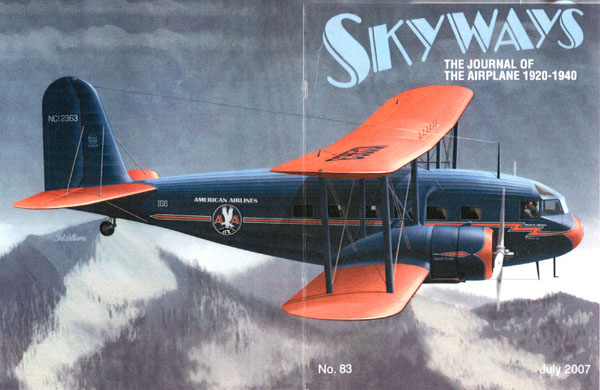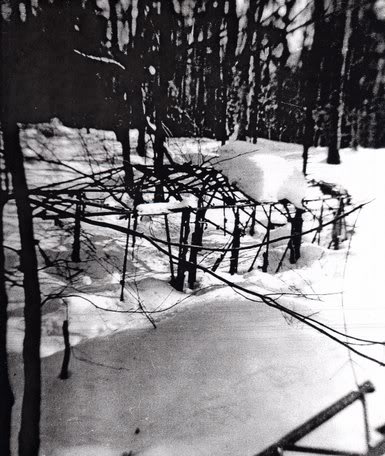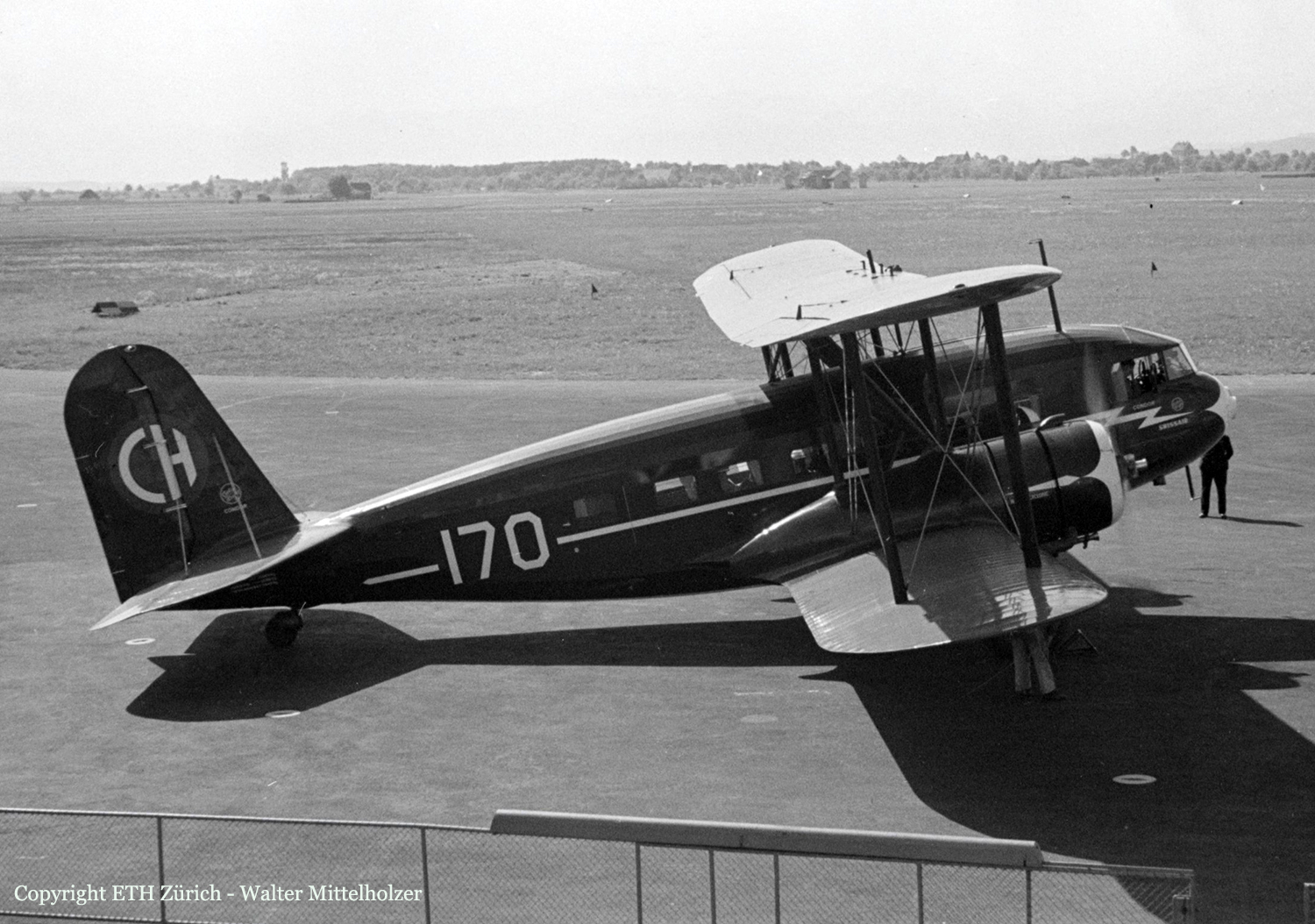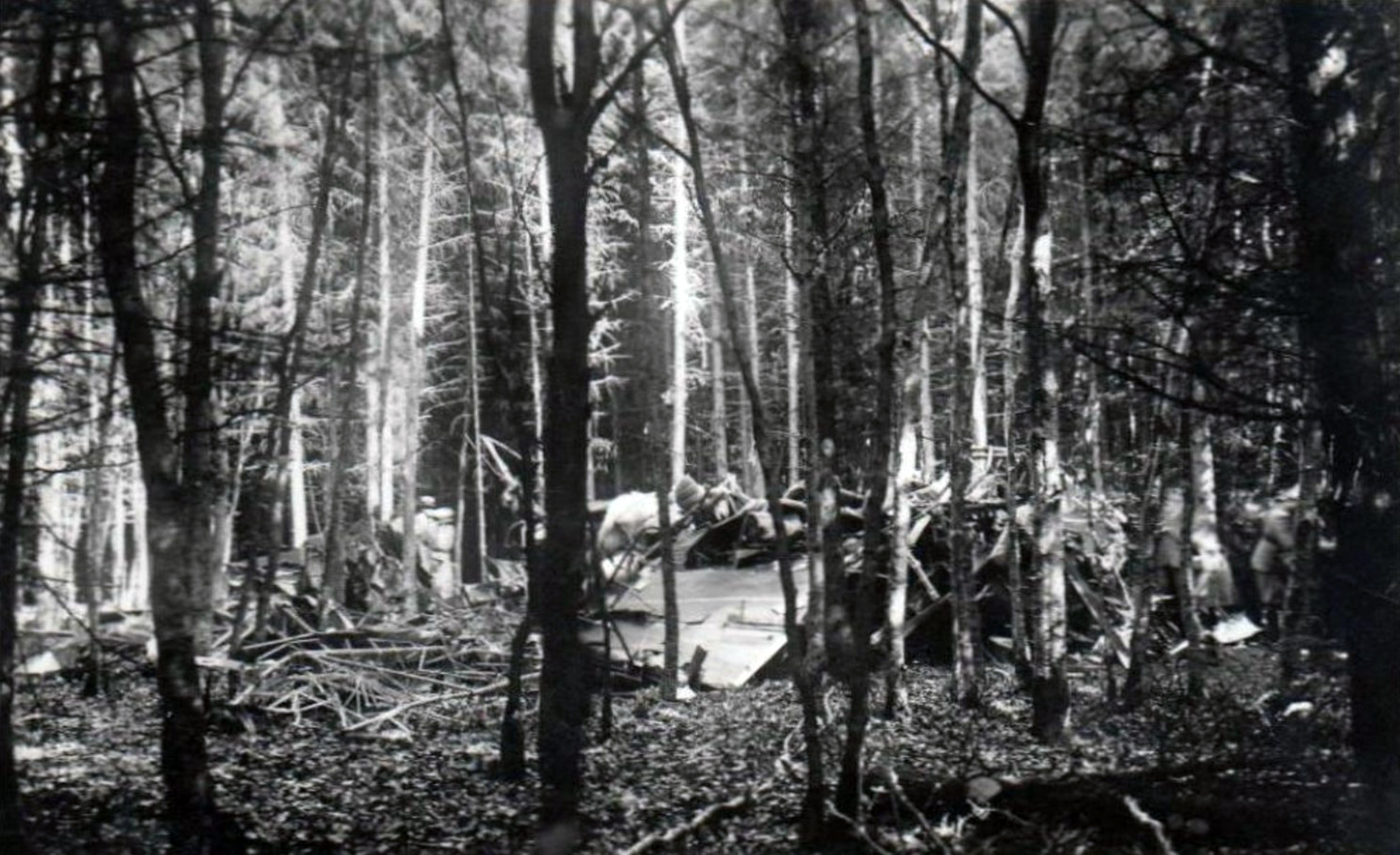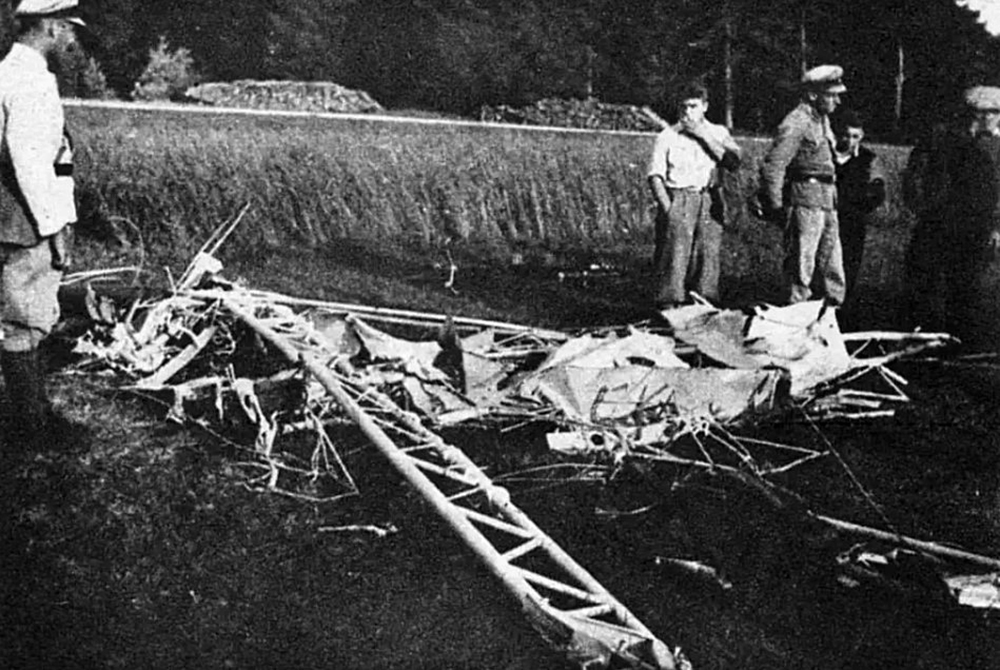Crash of a Curtiss BT-32 Condor II off Santa Bárbara de Pinto
Date & Time:
Nov 17, 1942
Registration:
651
Survivors:
Yes
MSN:
54
YOM:
1934
Crew on board:
0
Crew fatalities:
Pax on board:
0
Pax fatalities:
Other fatalities:
Total fatalities:
0
Circumstances:
Crashed in unknown circumstances into the Río Magdalena, off Santa Bárbara de Pinto. There were no fatalities.








